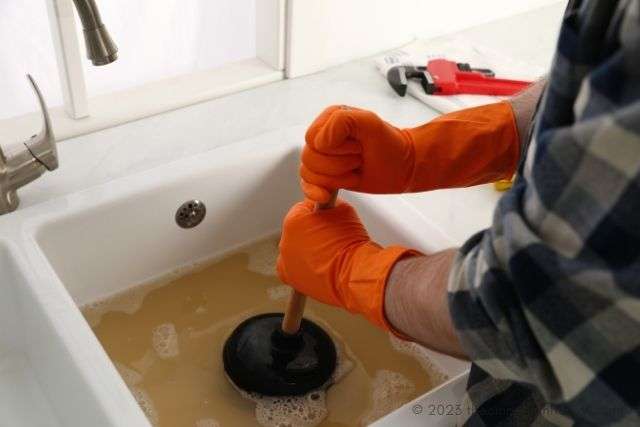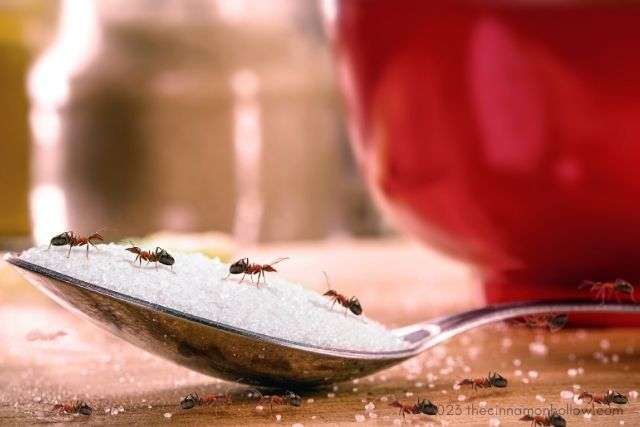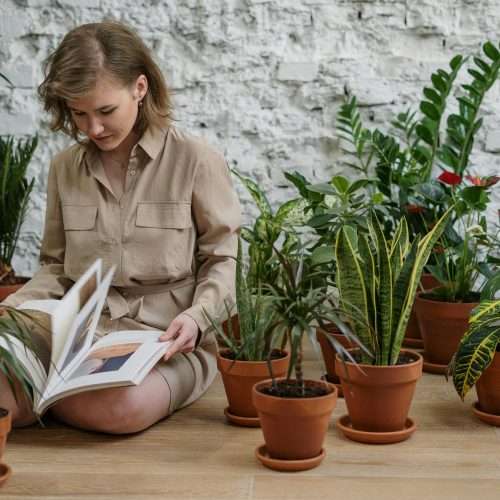Plumbing problems are common in households, frequently leading to inconvenience and occasionally substantial damage. While it’s recommended to enlist the assistance of professionals for intricate issues, possessing a fundamental knowledge of typical plumbing concerns can enable homeowners to tackle the minor problems themselves, thereby averting the need for plumbing repair. Here are ten common plumbing problems that every homeowner should know how to fix or manage.
Leaking Faucets:
A faucet that consistently leaks is frustrating and can result in considerable water wastage over time. Usually, the culprit behind this issue is a worn-out washer or O-ring. Rectifying this problem involves turning off the water supply, dismantling the faucet, and installing fresh components.
Blocked Drains:
A common issue in homes is that blocked drains can result in sluggish drainage or stagnant water accumulation in sinks, showers, or bathtubs. Homeowners can resolve minor blockages by employing a plunger or a drain snake. It’s recommended to steer clear of chemical drain cleaners since they can potentially damage pipes and pose health risks.
Running Toilet:
A toilet that continues to run can waste gallons of water daily and cause a notable surge in water expenses. This problem often stems from a malfunctioning flapper valve or fill valve. Typically, adjusting or replacing these components can effectively address the issue. Alternatively, homeowners can try cleaning the Toilet’s overflow tube or changing the water level in the tank.
Reduced Water Pressure:
Inadequate water pressure can make routine activities such as showering and dishwashing cumbersome. This problem could arise from sediment accumulation in the faucet aerator or showerhead. Removing and thoroughly cleaning these components can frequently restore water pressure to its usual levels. Also, checking for leaks or corrosion in pipes can help identify the underlying causes of low water pressure.
Leaky Pipes:
Unaddressed leaks in pipes can result in water damage to walls, floors, and ceilings. Common causes of leaks include corrosion, loose fittings, or damaged pipe joints. Temporary solutions such as pipe clamps or epoxy putty can offer a quick fix until a professional plumber can evaluate and repair the damaged pipe.
Water Heater Problems:
While indispensable for delivering hot water to homes, water heaters can develop a range of issues over time. Symptoms such as insufficient hot water, unusual sounds, or leaks may signal a malfunctioning water heater. Homeowners can troubleshoot issues by checking the pilot light, adjusting the thermostat, or flushing the tank to remove sediment buildup.
Nonetheless, intricate problems may necessitate the expertise of a professional for emergency plumbing repair.
Toilet Blockages:
Frequently encountered, toilet blockages typically result from excessive flushing of toilet paper, sanitary products, or foreign objects. Employing a plunger is generally the initial approach to clearing toilet blockages. For stubborn clogs, a toilet auger or plumbing snake may be necessary. Refusing chemical drain cleaners in toilets is advisable, as they can harm the porcelain and exacerbate existing issues.
Garbage Disposal Problems:
Garbage disposals can become jammed or malfunction if they are overloaded or if non-food items are accidentally put down the drain. Homeowners should never put bones, fibrous vegetables, or grease down the garbage disposal. To resolve a jam, utilize a hex key to manually rotate the disposal’s flywheel or reset the unit by pressing the reset button on the bottom or side of the disposal.
Frozen Pipes:
Frozen pipes present a considerable risk in regions with colder climates, particularly during the winter months. Applying insulation to exposed pipes and maintaining indoor temperatures above freezing can prevent pipes from freezing. Homeowners can attempt to thaw frozen pipes using a hair dryer, heating pad, or towels soaked in hot water. However, avoiding using open flames or excessive heat is essential, as they can damage the pipes.
Sewer Line Backup:
A sewer line blockage can result in foul odours, sluggish drainage, or sewage backing up into sinks, tubs, or toilets. Tree roots, grease buildup, or structural damage can cause sewer line blockages. Homeowners should contact a professional plumber immediately if they suspect a sewer line backup, as resolving this issue typically requires specialized equipment and expertise.
Routine Examination:
Regular inspection of plumbing fixtures, pipes, and drainage systems can help identify potential issues before they develop into significant problems. Inspect for indications of leaks, corrosion, or water stains and promptly resolve any issues to prevent water damage and mould growth.
Drainage System Maintenance:
Keep drains free from debris and buildup by using drain strainers or guards to trap hair, food particles, and other solids. It’s essential to clean drain covers regularly and clear away any debris buildup to maintain proper water flow. Additionally, consider scheduling professional drain cleaning services periodically to address stubborn clogs and prevent potential backups.
Plumbing Fixture Maintenance:
Maintain plumbing fixtures like faucets, showerheads, and toilets to prolong their lifespan and prevent leaks. Replacing worn-out washers, seals, or cartridges is essential to avoid dripping faucets or running toilets. Inspect toilet tanks and replace components like flapper or fill valves if they show wear or malfunction.
Seasonal Maintenance:
Implement seasonal maintenance routines to prepare plumbing systems for changes in weather conditions. In colder months, insulate exposed pipes and disconnect outdoor hoses to prevent freezing and pipe bursts. Check outdoor faucets and irrigation systems in warmer months for leaks or damage caused by freezing temperatures during winter.
Conclusion:
While some plumbing problems may seem daunting, essential tools and DIY techniques can address many common issues. Nevertheless, homeowners should recognize their limitations and seek professional assistance when confronting complex or hazardous plumbing issues. By staying informed and proactive, homeowners can adeptly address common plumbing problems and uphold the integrity of their plumbing systems.






